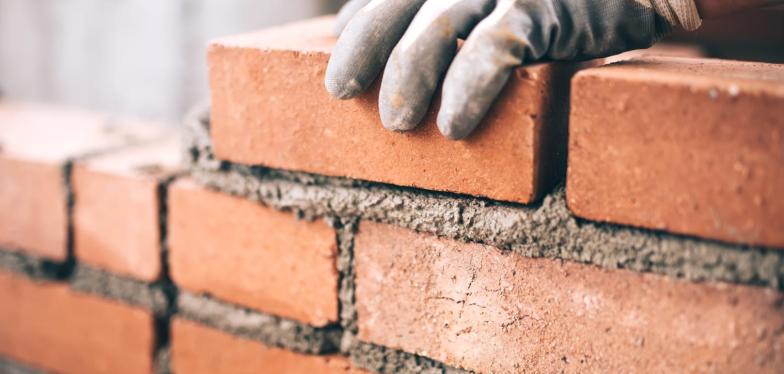Moving towards CO2 storage in bricks
In the near future, it will be possible to store carbon dioxide (CO2) captured in heavy industry by making it react with building brick components.

Two Belgian companies, Vandersanden and Orbix, are involved in this demonstration! Orbix, which specialises in sustainable materials, developed the industrial process, while Vandersanden, a family-owned brickworks, adapted it to the production of facing bricks used to clad house façades. Both companies have patented their technologies and Vandersanden is currently building a plant that will produce some 20 million bricks a year from next year.
The process is based on carbonation, where CO2 reacts naturally with carbon-containing materials to transform into calcium carbonate (CaCO3). Vandersanden's new Lanklaar plant, which is currently under construction, will use this method by making CO2 react with unfired bricks in a dedicated chamber. This reaction will strengthen the bricks. As well as neutralising the captured CO2, this process also avoids the need to fire the bricks in a gas kiln, a process that emits CO2. One tonne of bricks made in this way will store around 60 kilos of CO2 over the long term.
Where will the captured CO2 come from? The brickworks will initially work with stainless steel producer Aperam, a major CO2 emitter. Trials are also underway with steelmaker ArcelorMittal.
The brickworks plans to use mineral residues from the steel industry to manufacture its bricks, thus promoting circularity. These residues will account for 80% of each brick, while only 20% of primary raw materials (sand, water, colourants) will be used. If it proves successful, production could soon double to 40 million bricks a year.
This project represents a significant step towards reducing the carbon footprint of the construction industry.